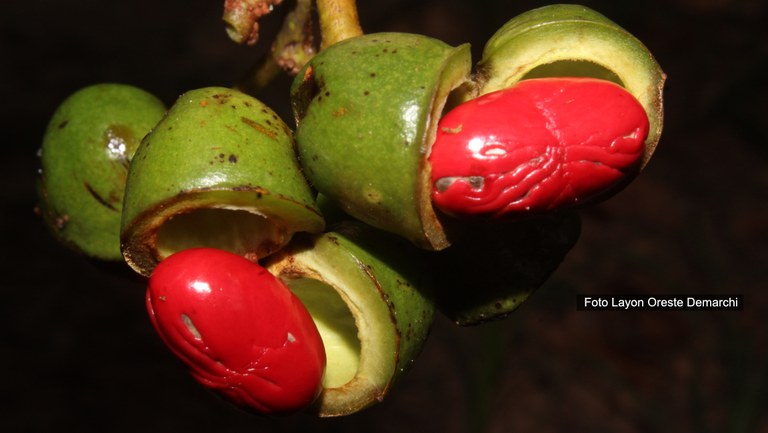Advanced cookie settings
To improve your experience on the platform and provide personalized services, we use cookies.
Notícias

Myristicaceae - 'Iryanthera laevis' Markgr. | Photo: Layon Oreste Demarchi
With 602 species of vascular plants recorded, the List of the Uatumã Sustainable Development Reserve, in Amazonas, is now available in the Catalog of Plants in Brazil's Conservation Units. The publication lists 577 species of Angiosperms, one Gymnosperm and 24 Ferns and Lycophytes.
Created in 2004, the Uatumã RDS covers 424,430 hectares and is located in the municipalities of São Sebastião do Uatumã and Itapiranga, in the Central Amazon. Botanical collections in its territory began at the end of the 1970s and intensified in the following decade during the construction of the Balbina Hydroelectric Power Station, with Carlos Alberto Cid Ferreira's collections standing out. Since 2010, a new impetus has been given to expeditions to the site by researchers from the National Institute for Amazonian Research (INPA), mainly by botanists Layon O. Demarchi and Viviane P. Klein.
Of the species listed, four are classified as endangered, two in the Vulnerable (VU) category and two in the Endangered (EN) category. There are also nine species in the category of insufficient data (DD). The richness of orchids in the Uatumã RDS is noteworthy, with 81 species known so far. In the Image Bank that accompanies the List, you can see 198 photographs of plants recorded in the Reserve.
“This is the first list of a Conservation Unit of this category published in the Catalog. This list demonstrates that even in areas with traditional uses by communities, biodiversity can coexist with such activities and be preserved,” says Gabriel Marcusso, organizer of the Uatumã RDS list.
The researchers suggest that there is still much to be discovered about the diversity of the flora of this UC, since most of the collections were made in igapós and campinaranas, while the terra firme forests and along the Jatapu River have been little explored by botanists.
Researcher Layon Oreste Demarchi, the first author of the list, believes that, “despite the major impacts that the Balbina hydroelectric plant has had on the igapós downstream of the Uatumã River, the Uatumã RDS still shows a great diversity of plants that highlights its resilience in the face of this major disturbance, as well as its great capacity for tourism, highlighting its biodiversity and natural beauty.”
Access the List of Plants in the Uatumã Sustainable Development Reserve.
